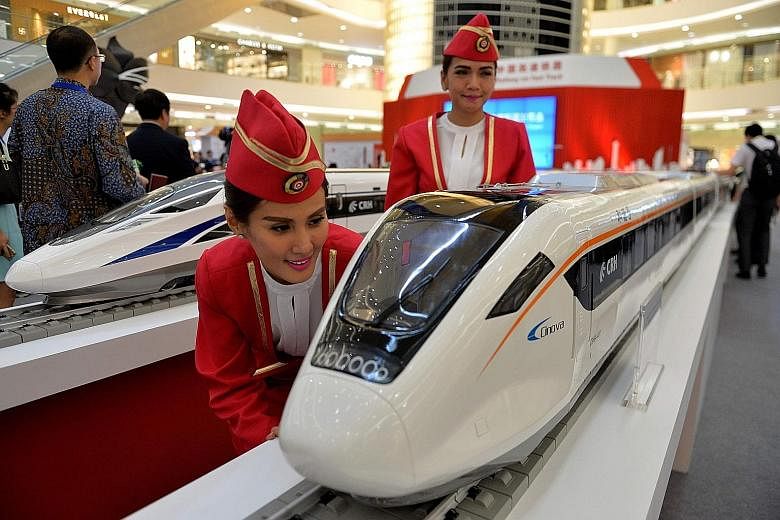A quick way to gauge the strength of South-east Asia's biggest economy is by looking at Katadata, an online business and economic research firm.
The Indonesian company boosted its staff strength to 70 recently, from 40 just last year. The subscribers to its research - with data ranging from credit consumption to fresh milk production - include financial institutions such as the World Bank, several government ministries and energy firms.
"Nearing the end of 2017, we are getting numerous deals. We are optimistic... Katadata will grow even faster next year," the company's managing director Ade Wahyudi told The Straits Times.
Within just a week apart earlier this month, the company launched two new products: a data portal on domestic oil and gas blocks, and in-depth research that caters to corporate leaders.
The hunger for data in South-east Asia's biggest economy is a reflection of the fast-paced economic expansion, as players aim to gain an edge over their competitors using the latest figures, or by converting data into infographics for easier public consumption.
The Indonesian economy is expected to grow by 5.1 per cent this year and 5.3 per cent next year, according to the Asian Development Bank. This is no small feat for a country with 250 million people.
Gross domestic product expanded by 5.02 per cent last year.
Professor Ari Kuncoro, dean of the economic faculty at the University of Indonesia, said domestic consumer spending will remain the main driver of growth, while exports have started to pick up. In the January to August period, Indonesia booked positive export growth for the first time at least in five years.
Looking at growth through a geographic lens, consumer spending was higher in places rich with commodities, according to a Nielsen report on Indonesia's fast-moving consumer goods and retail update that was published in June. "Kalimantan, West Java and South Sumatra have good growth due to commodity price recovery, while others go low growth," the report said.
The majority of coal mines in Indonesia are located in Kalimantan, while West Java has vast sugar cane and coconut plantations, and South Sumatra has abundant rubber and oil palm plantations.
The buoyant investment climate has also supported the economy as President Joko Widodo pushed to build more roads, airports and seaports to grow the economy and reduce infrastructure disparity across the country. The planned projects include a high-speed railway linking Jakarta and Bandung.
The sectors that really shine are telecommunications, transport and warehousing, and business services. These sectors grew more than 8 per cent in the second quarter this year.

